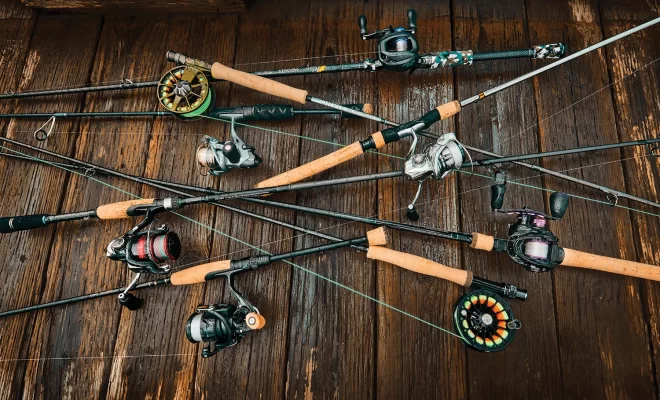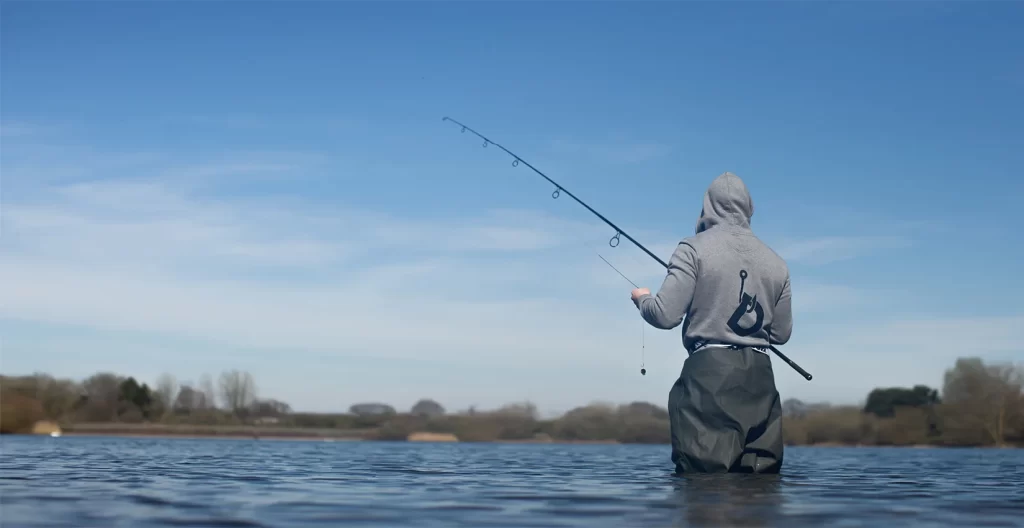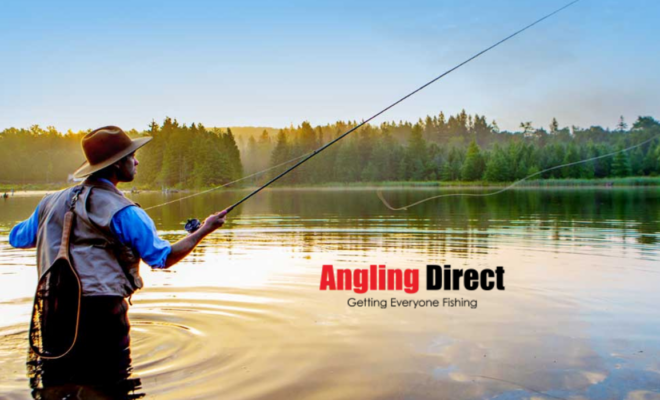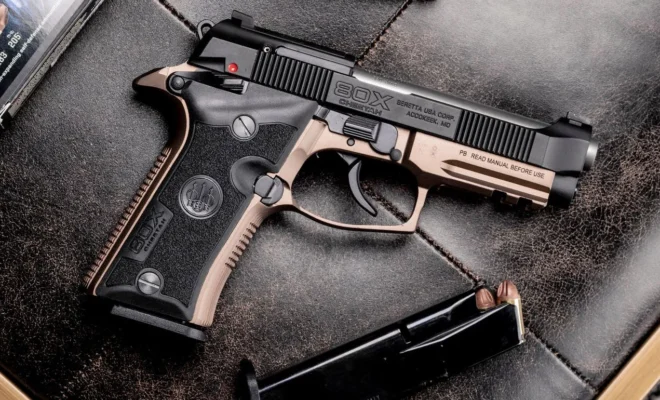All about Fishing Rods

What are Fishing Rods
A fishing rod is a long, flexible rod-like device used in fishing to cast fishing lines and manipulate baits or lures. It serves as the primary tool for anglers to cast their lines into the water and control the movement of the bait or lure to attract and catch fish.
Fishing rods are typically made from lightweight and durable materials like graphite, fiberglass, or a combination of both. They are designed to be flexible and exhibit varying degrees of stiffness or “action” along their length. The action of a rod refers to how much it bends when pressure is applied, ranging from fast action (bending mainly near the tip) to slow action (bending along the entire length).
A fishing rod generally consists of several components, including:
- Blank: The main body of the rod, typically made from graphite or fiberglass. Guides: Circular loops along the rod that guide the fishing line, usually made from metal or ceramic. Reel Seat: The component that securely holds the fishing reel in place on the rod. Handle: The grip area of the rod, usually made from cork, foam, or rubber, providing comfort and control for the angler.

Fishing rods come in various lengths and power ratings, determining their casting distance, sensitivity, and ability to handle different fish species and fishing techniques. Anglers choose the appropriate fishing rod based on their fishing style, target species, and fishing conditions.
Different Types of Fishing Rods
There are various types of fishing rods, each designed for specific fishing techniques and target fish species. Here are some of the most common types:
- Spinning Rods: Spinning rods are versatile and popular among anglers of all skill levels. They feature a spinning reel mounted below the rod. Spinning rods are known for their user-friendliness and enable long and accurate casts. They are suitable for a variety of fishing applications, including both freshwater and saltwater fishing.
- Baitcasting Rods: Baitcasting rods are designed for use with baitcasting reels mounted on top of the rod. They are typically used by experienced anglers who require higher casting accuracy and control. Baitcasting rods are often used for techniques like flipping, pitching, and targeting larger fish species.
- Fly Fishing Rods: Fly fishing rods are specifically designed for fly fishing, where anglers use artificial flies to attract fish. These rods are lightweight, long, and flexible to allow delicate presentations and accurate casting. Fly fishing rods are commonly used in freshwater environments for species like trout, salmon, and bass.
- Surf Fishing Rods: Surf fishing rods are longer and more powerful than other types of fishing rods. They are designed specifically for surf fishing, where anglers cast their lines from the shore or piers into the sea. Surf fishing rods allow long casts and can handle heavier lines and larger baits to catch species like surfperch, striped bass, and sharks.
- Spincasting Rods: Spincasting rods, also known as closed-face rods, are designed for use with spincasting reels that have a closed housing around the spool. These rods are often used by beginners or anglers who prefer a simple and user-friendly setup. Spincasting rods are frequently used for freshwater fishing and target species like panfish and bass.
- Ice Fishing Rods: Ice fishing rods are shorter and specifically designed for fishing through holes in ice-covered lakes and rivers. They are typically ultra-light or light rods, allowing anglers to detect subtle bites and work effectively within the confined space of an ice fishing hut.
- Telescopic Rods: Telescopic rods are collapsible rods that can be extended or retracted for easy storage and portability. They are popular among anglers who need a compact fishing rod for travel or hiking to remote fishing spots.

These are just a few examples of the different types of fishing rods available. It’s important to select the right rod that matches your fishing style, target species, and fishing environment to optimize your fishing experience.
Materials Used in Fishing Rod Construction
Fishing rods are made from various materials, each offering different properties in terms of strength, sensitivity, weight, and flexibility. The choice of material often depends on the fishing technique, target species, and anglers’ personal preferences. Here are some of the common materials used in fishing rod construction:
- Graphite/Carbon Fiber: Graphite or carbon fiber is a lightweight and high-strength material commonly used in modern fishing rod blanks. It offers excellent sensitivity, allowing anglers to feel even the slightest bites and movements underwater. Graphite rods are known for their responsiveness, fast action, and the ability to transmit vibrations effectively. They are frequently used in spinning, casting, and fly fishing rods.
- Fiberglass: Fiberglass is a durable and relatively cost-effective material used in fishing rod construction. It offers excellent strength and flexibility, making it suitable for use in demanding applications and larger fish species. Fiberglass rods are characterized by slower action, which can make casting larger baits and handling stronger fish easier. They are commonly used in saltwater fishing and trolling rods.

- Composite Materials: Composite fishing rods are made by combining different materials, often graphite and fiberglass, to leverage their respective properties. This combination allows for a balanced blend of strength, sensitivity, and flexibility. Composite material rods are versatile and can be used for various fishing techniques and target species.
- Bamboo: Bamboo was a traditional material used in fishing rod construction before modern synthetic materials became popular. Bamboo rods are characterized by their classic aesthetics and gentle casting action. While they are not as commonly used today, some anglers still appreciate the craftsmanship and nostalgic value of bamboo rods.
- Carbon Fiber Reinforced Polymer (CFRP): CFRP is a high-performance composite material that combines carbon fibers with a polymer matrix. It offers exceptional strength and lightweight properties, making it ideal for high-end and high-performance fishing rods. CFRP rods provide increased sensitivity and responsiveness, allowing anglers to detect subtle bites and make precise casts.
It’s important to note that fishing rods often consist of a combination of materials, with different materials used for the rod blank, handle, guides, and other components. Manufacturers may also use proprietary materials or blends to enhance specific characteristics of the fishing rod.
Ultimately, the choice of material depends on factors such as fishing style, target species, budget, and personal preferences. It’s always a good idea to consider these factors and test different rods to find the one that suits your needs and enhances your fishing experience.








